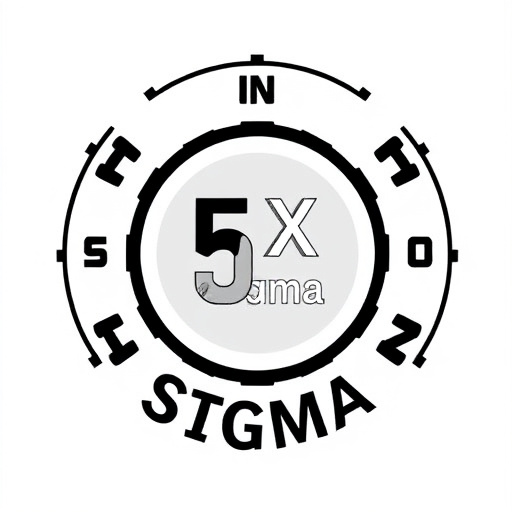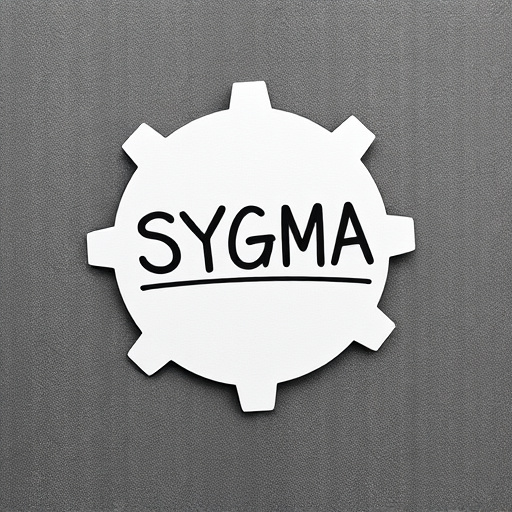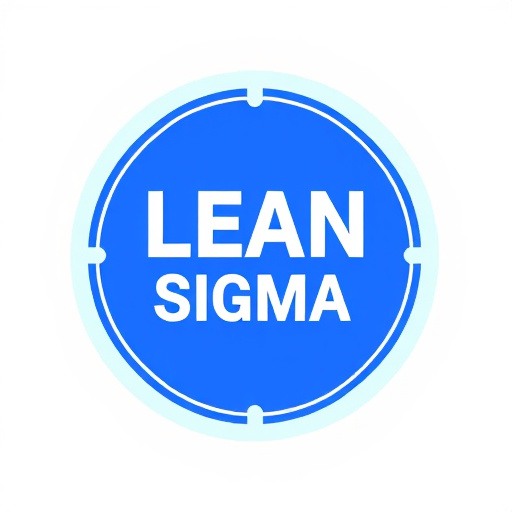Six Sigma, a robust quality management system, leverages product recalls as critical data sources for continuous improvement. By defining key metrics like defect rates, recall coverage, and customer feedback analysis, companies can track progress, pinpoint weaknesses, and make informed decisions to enhance product quality and customer satisfaction. Efficient monitoring through advanced analytics and statistical tools allows for quick issue isolation and corrective actions, strengthening brand reputation. Statistical Process Control (SPC) charts and data-driven decisions minimize recalls and foster a culture of process excellence within Six Sigma methodologies. Past recall data is leveraged for proactive design, prioritizing quality and safety to streamline future product development, ultimately boosting consumer satisfaction and loyalty.
In the pursuit of excellence through Six Sigma methodologies, understanding product recalls is paramount. This article explores key metrics for monitoring product recalls, offering a comprehensive guide for professionals. We begin with a brief overview of product recalls in Six Sigma, followed by defining critical metrics for effective tracking.
The piece delves into data collection and analysis techniques, showcasing their role in enhancing recall efficiency and effectiveness. Statistical tools within the Six Sigma framework are also highlighted, providing insights for continuous improvement.
Through real-world examples and best practices, this article ensures professionals can optimize their product recall management strategies.
- Understanding Product Recalls in Six Sigma: A Brief Overview
- Defining Key Metrics for Effective Monitoring
- The Role of Data Collection and Analysis
- Tracking Recall Efficiency and Effectiveness
- Utilizing Statistical Tools in Six Sigma Framework
- Continuous Improvement: Lessons Learned and Future Considerations
Understanding Product Recalls in Six Sigma: A Brief Overview

Product recalls are a critical aspect of Six Sigma, an influential quality management methodology that aims to minimize defects and variability in manufacturing and service processes. In the context of Six Sigma, understanding product recalls involves recognizing them as significant events that can reveal underlying process issues. These recalls are not just about fixing defective products but also serve as valuable data points for continuous improvement. By analyzing recall data, companies can identify trends, pinpoint problem areas, and make informed decisions to enhance their processes.
Six Sigma projects often involve meticulous data collection and analysis to determine the root causes of product defects leading to recalls. This data-driven approach helps in implementing effective solutions to prevent future occurrences. Through statistical tools and methodologies, Six Sigma professionals can measure recall rates, track defect roots, and set targets for reduction, ultimately contributing to improved product quality and customer satisfaction.
Defining Key Metrics for Effective Monitoring

Defining key metrics is crucial for effective monitoring in Six Sigma product recall processes. These metrics serve as beacons guiding the evaluation and improvement journey, ensuring every step aligns with overall goals. The primary focus should be on identifying measurable indicators that reflect product quality, safety, and customer satisfaction. Key Metrics for Monitoring Product Recalls should encompass various aspects such as defect rates, time to resolution, recall coverage, and customer feedback analysis.
Defining these metrics involves a deep understanding of the product lifecycle and potential failure points. By setting specific, relevant, and achievable goals, organizations can track progress, pinpoint areas needing improvement, and make data-driven decisions. This proactive approach enables efficient resource allocation, enhances customer trust, and ultimately contributes to the success of Six Sigma initiatives in managing product recalls.
The Role of Data Collection and Analysis

In the realm of Six Sigma, effective monitoring of product recalls is paramount for ensuring consumer safety and maintaining brand reputation. The cornerstone of this process lies in robust data collection and analysis. By systematically gathering data related to recall events, such as the number of affected products, distribution channels, and reasons for recall, companies gain valuable insights into potential systematic issues. Advanced analytics techniques, including statistical modeling and trend analysis, enable them to identify patterns, pinpoint root causes, and make data-driven decisions.
This data-centric approach facilitates proactive measures rather than reactive responses. Through continuous monitoring and analysis, Six Sigma methodologies empower organizations to quickly isolate problem areas, implement effective corrective actions, and prevent future recalls from occurring. Ultimately, this meticulous focus on data collection and analysis translates into enhanced product quality, increased customer trust, and improved overall operational efficiency.
Tracking Recall Efficiency and Effectiveness

In Six Sigma, tracking recall efficiency and effectiveness is a critical aspect of continuous improvement. Metrics such as Recall Rate and Time to Complete Recall provide insights into the agility and responsiveness of the product recall process. A low Recall Rate indicates that products are safely in the market with minimal need for recalls, reflecting effective quality control measures. Conversely, high Recall Rates signal recurring issues that necessitate a closer look at manufacturing processes and supplier relationships.
Time to Complete Recall measures how swiftly corrective actions can be taken once a recall is initiated. Rapid response times demonstrate a robust system that can quickly identify problems, notify affected customers, and implement solutions. This not only minimizes potential harm but also enhances customer trust and brand reputation. Effective tracking of these metrics enables Six Sigma practitioners to identify trends, pinpoint areas for improvement, and continually optimize the product recall process.
Utilizing Statistical Tools in Six Sigma Framework

In the realm of Six Sigma, utilizing statistical tools is pivotal for monitoring product recalls effectively. These tools enable data-driven decisions, allowing businesses to identify trends and patterns in recall events. By analyzing historical data and employing techniques like hypothesis testing and regression analysis, companies can pinpoint root causes and implement targeted solutions. Statistical process control (SPC) charts, for instance, help track recall frequencies over time, enabling early detection of deviations from the target rate.
Moreover, Six Sigma’s emphasis on reducing variability aligns with the goal of minimizing recalls. Statistical tools facilitate continuous improvement by providing insights into the stability and performance of manufacturing processes. Through statistical analysis, companies can optimize their product quality, reduce defects, and ultimately lower the likelihood of costly and disruptive recalls. This data-centric approach ensures that decisions are based on facts rather than assumptions, fostering a culture of process excellence within Six Sigma methodologies.
Continuous Improvement: Lessons Learned and Future Considerations

Continuous improvement is a core principle of Six Sigma, and monitoring product recalls offers valuable insights for future projects. By analyzing each recall event, companies can identify patterns, uncover underlying causes, and develop more robust prevention strategies. This data-driven approach ensures that every recall serves as a learning opportunity rather than a setback. For instance, tracking the reasons behind specific product defects over time can reveal recurring issues within manufacturing processes, allowing for targeted process improvements.
Moreover, considering the long-term impact of recalls on brand reputation and customer trust is essential. Effective Six Sigma implementation teaches companies to anticipate potential risks and proactively design products with quality and safety at the forefront. As the approach evolves, incorporating lessons learned from past recalls will contribute to more efficient and successful product development, ultimately enhancing consumer satisfaction and loyalty.
In conclusion, monitoring product recalls using Six Sigma methodologies involves a comprehensive approach that leverages key metrics, data-driven analysis, and statistical tools. By defining clear metrics, collecting and analyzing relevant data, and continuously improving based on learned lessons, organizations can enhance recall efficiency and effectiveness. Embracing the Six Sigma framework allows businesses to navigate complex recall scenarios with precision, ensuring consumer safety and maintaining their reputation in a competitive market.
